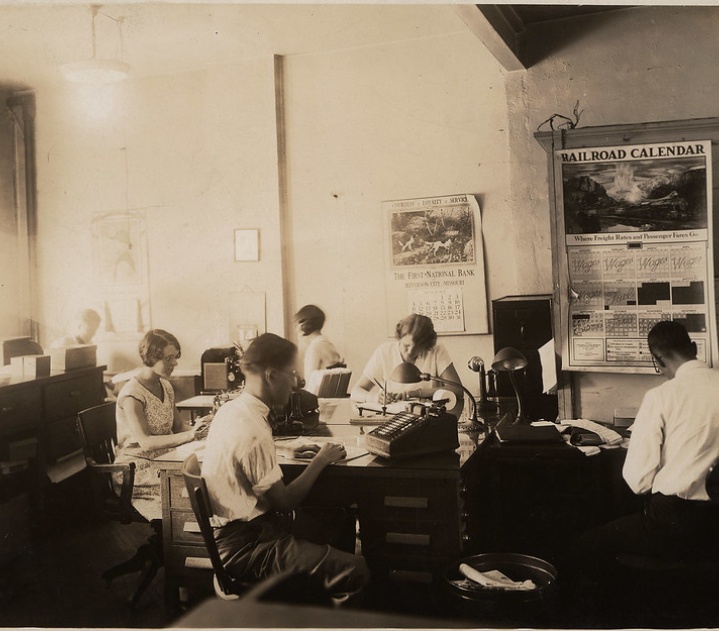New Initiatives in Election Science

About
The MIT Election Data and Science Lab established the New Initiatives in Election Science Grants in 2017 to encourage new approaches to the scientific study of elections and election reform. Through 2019, these grants funded systematic research on the conduct of elections in the United States by scholars around the country.
The New Initiatives program has closed, but you can find information about past grant projects below, including links to published articles from the research and information for accessing the data as it becomes available.
The program was made possible through a generous grant from the William and Flora Hewlett Foundation.
2019 Grants
In 2019, we funded 11 new projects, giving a total amount of just under $100,000 for this round of New Initiatives Grants. Recipients during this year came from 15 institutions around the U.S.; in all, 20 scholars received funding as individuals or research teams.
Read more about the 2019 grants
2019
|
Michael Byrne and Philip Kortum |
Voter detection of anomalies on bmd ballots |
$3,500 |
|
Jesse T. Clark |
The Maine Event? The gap between expectations and reality in election reform |
$8,500 |
|
Laurel Eckhouse, Allison Harris, Hannah Walker, and Ariel White |
Finding families affected by felon disfranchisement |
$9,992 |
|
Christian R. Grose and Nathan K. Micatka |
Do post-election audits increase confidence in elections? |
$9,850 |
|
Martha Kropf, Jason Windett, and Samira Shaikh |
Using data science to create election science |
$20,000 |
|
Todd Makse |
Early voting and the implications of non-simultaneity for political discussion |
$5,200 |
|
Christopher Mann and Kathleen Searles |
Media myths and public perception of polling place wait times |
$6,396 |
|
Ellen Seljan and Paul Gronke |
Happy birthday: you get to vote! |
$3,300 |
|
Bernard Tamas |
Does malapportionment and voter suppression cause disproportionality and inflate electoral bias? A district-level analysis of US house elections (1870-2018)
|
$7,961 |
|
Chris Warshaw |
A new database of local legislative and executive elections |
$14,000 |
|
Logan Woods |
How do voters react to problems when casting their ballot? |
$5,400 |
2018 Grants
We funded 8 proposals in 2018 under our New Initiatives Program; the total amount granted was just under $100,000. Grantees totaled 15 scholars from 9 institutions, many of whom are junior faculty members or Ph.D. students.
Read more about the 2018 grants
2018
|
Lisa Bryant |
Vote Center Implementation in California: Analysis of a Beta Test in the 2018 Primary and General Elections |
$8,874 |
|
Bridgett King |
Administrative Decision Making & Barriers to Political Participation |
$11,000 |
|
Shiro Kuriwaki |
Ballot Image Logs: Data Collection and Standardization |
$10,000 |
|
Thessalia Merivaki, Dallas Breen, and Ioannis Ziogas |
Voter List Maintenance Within a Hybrid Structure of Data Management: The Case of Mississippi |
$18,000 |
|
Zachary Mohr, Martha Kropf, Mary Jo Shepherd, and JoEllen Pope |
Estimating Election Administration Spending in the 50 States |
$20,000 |
|
Lauren Prather and Sarah Bush |
Does Foreign Influence Undermine Political Trust? |
$10,530 |
|
James Szewczyk |
Does Vote-By-Mail Cause Voters to Gather More Information About Politics? |
$15,000 |
|
Adriano Udani and David Kimball |
Correcting Perceptions of Voter Fraud in U.S. Elections |
$5,000 |
2017 Grants
In 2017, we funded 14 proposals as part of our New Initiatives Grants in Election Science Program. The total amount granted was just over $160,000. Grantees totaled 30 scholars from 21 institutions. Of the 14 proposals funded, 12 went to teams that were led by junior faculty members or Ph.D. students.
2017
|
Brian Amos and Michael McDonald Fabricating Precinct Boundaries |
$17,000 |
|
Joseph Anthony and David Kimball A Study of Photo ID Implementation in Missouri Jurisdictions |
$3,280 |
|
Kyle Endres and Costas Panagopoulos Field Experiment in the 2017 Virginia Election
|
$12,000 |
|
Brian J. Gaines Primary Election Laws, State by State
|
$5,000 |
|
Nadine Gibson Maintaining the Machinery of Democracy: Assessing the Quality of Voting Equipment in the 21st Century |
$15,000 |
|
Brian Hamel, Jan Leighley, and Robert Stein Who Votes When—and Why? |
$10,000 |
|
William McGuire, Benjamin Gonzalez O'Brien, Katherine Baird, Benjamin Corbett, and Loren Collingwood Evaluating the Impact of Drop Boxes and Get-Out-The-Vote Advertising on Voter Turnout in Pierce County, WA
|
$16,365 |
|
Thessalia Merivaki and Joseph "Dallas" Breen Investigating Voter List Maintenance Practices at the Local Level: The Case of Mississippi |
$5,000 |
|
Michael Miller and Bernard Fraga Who Does Voter ID Legislation Keep From Voting? Evidence from Texas
|
$10,235 |
|
Zachary Mohr, Martha Kropf, Mary Jo McGowan Shepherd, JoEllen Pope, and Madison Esterle How Much Are We Spending on Election Administration?
|
$19,895 |
|
Brandon Rottinghaus and Jeronimo Cortina The Impact of Vote Centers on Turnover: The Case of Texas |
$9,000 |
|
Mara Suttmann-Lea The Deserving Voter: Poll Worker Decision Making at the American Ballot Box |
$10,000 |
|
Adriano Udani and David Kimball What Fraud Looks Like: A Conjoint Analysis to Examine Perceptions of Voter Fraud |
$17,500 |
|
Abby Wood, Christopher Elmendorf & Douglas Spencer Vouchers, Information and Ideology |
$14,000 |